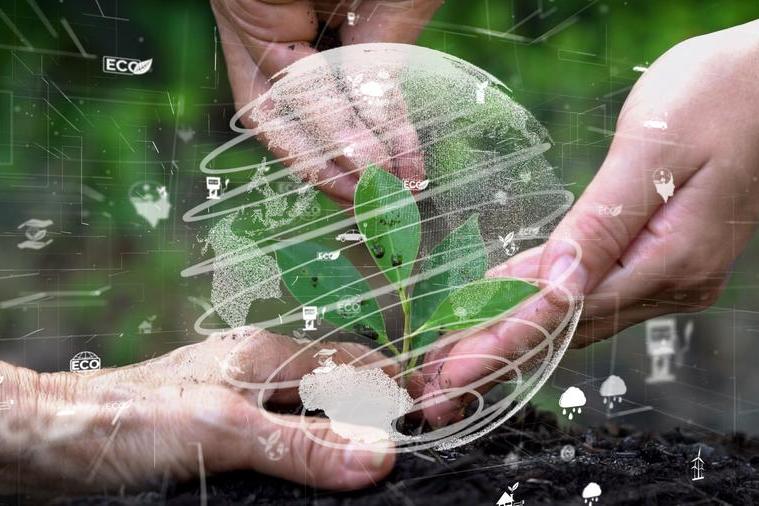Climate change aggravates water stress in MENA regionMiddle East and North Africa region is the most water-stressed in the world, with 83% of th...
Published on by Water Network Research, Official research team of The Water Network

Middle East and North Africa region is the most water-stressed in the world, with 83% of the population exposed to very high water stress: report
Mohammed El-Said, Daily News Egypt
August 30, 2023
CLIMATE CHANGEMENA COUNTRIESWATER
Climate change and the growing population will strain the world’s freshwater supplies over the next 30 years, putting water available for domestic uses, drinking, and food at risk, according to a new report released on August 16 by the World Resources Institute (WRI). Increasing water stress threatens the economic growth of affected countries as well as global food security.
The report shows that by 2050, an additional billion people will live in arid regions and areas with high water stress, where at least 40% of renewable water supplies are consumed each year. Currently, two-fifths of the world’s population—3.3 billion people—live in such areas.
Five of the six most water-stressed countries are located in the Middle East and North Africa region.
Most affected regions
The report data indicated that the Middle East and North Africa (MENA) region is the most water-stressed in the world, with 83% of the population exposed to very high water stress. South Asia is the second most water-stressed region, with 74% of the population exposed to water stress.
The five countries most exposed to water stress were Bahrain, Cyprus, Kuwait, Lebanon, Oman, and Qatar. Water stress in these countries is mostly attributed to reduced supply combined with demand from domestic, agricultural, and industrial uses. Egypt, Jordan, Libya, the UAE, Palestine, Israel, Yemen, Algeria, Morocco, Saudi Arabia, Tunisia, and Iraq are among the 25 most water-stressed countries in the world.
Countries in the region use more than 80% of their renewable water supplies for irrigation, livestock, industry, and domestic needs. The report warns that the region will be at risk of running out of water if it experiences a drought, even during short-term droughts.
The report’s authors project that by 2050, an additional billion people will live under extremely high water stress, even if the world’s global temperature rises from 1.3°C to 2.4°C by 2100, which is the most optimistic scenario. For the MENA region, this means that 100% of the population will be living with very high water stress by 2050.
Grace Oluwasanya, a researcher at the United Nations University Institute for Water, Environment, and Health, based in Canada, said that there is a disparity in access to the basic human needs of drinking water and sanitation for the population between countries and between different regions. About 500 million people in Africa alone lack access to basic human needs.
Oluwasanya pointed out that the physical geographic conditions determine, to some extent, the volume of effort required for a country to achieve higher levels of water security.
The researcher explained that the concept of water security means the ability of the population to ensure sustainable access to sufficient amounts of water of acceptable quality to maintain livelihoods, well-being, and social and economic development, to ensure protection from waterborne pollution and water-related disasters, and to maintain ecosystems in a climate of peace and political stability.
Attached link
https://www.zawya.com/en/business/energy/climate-change-aggravates-water-stress-in-mena-region-gwn4053cTaxonomy
- Climate Change
- Climate Change Resilience
- Climate Protection
- Climate Risk
- Climate Change